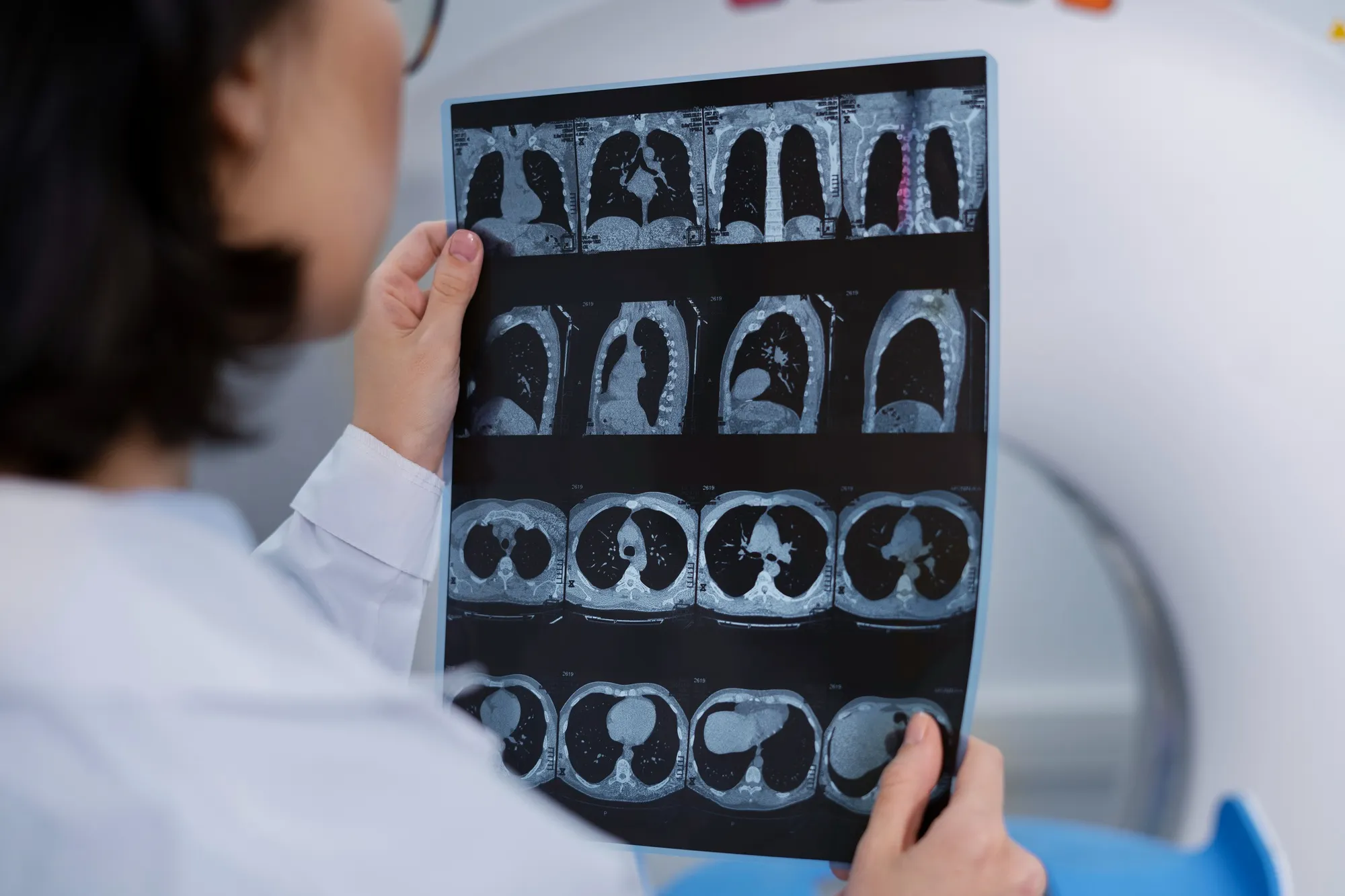Advancements in neuroimaging technology are critical for the early diagnosis and tracking of neurological disorders. One such pioneering advancement is the development of positron emission tomography (PET) radioligands, which enable detailed brain imaging and have significant implications for the study and treatment of diseases such as Parkinson’s, Alzheimer’s, and other neurodegenerative conditions. In an exciting development, a team of researchers has created a new fluorine-18 ([18F]) labeled compound for PET imaging, a promising innovation in the field of neuro-radiochemistry.
The paper detailing the synthesis and preclinical evaluation of this new [18F] fluorinated derivative, led by Neil Vasdev and his colleagues at the Azrieli Centre for Neuro-Radiochemistry, Toronto, and affiliated institutions, was published in Bioorganic & Medicinal Chemistry Letters. The research, which holds the promise of more effective imaging of the brain, by targeting the monoamine oxidase-B (MAO-B) enzyme, underscores the potential of this compound for clinical application.
Monoamine Oxidase-B: The Enzyme in Focus
Monoamine oxidase-B (MAO-B) is a mitochondrial enzyme primarily present in nerve terminals. It is crucial for the breakdown of monoamines, such as dopamine, which plays a significant role in neurological function. An increase in MAO-B activity has been linked to neurodegeneration, thus making MAO-B a potential biomarker for neurodegenerative diseases. Carbon-11 labeled SL25.1188 was previously translated for human PET imaging as a reversible MAO-B radioligand, which offered considerable insights into the brain’s monoaminergic system. However, its short half-life limited broader clinical applications.
A Leap Forward with Fluorine-18
The research team aimed to address the limitations of the previous compound by synthesizing a fluorine-18 labeled equivalent, leveraging the benefits of [18F], which has a longer half-life of approximately 110 minutes. This makes it a more suitable candidate for wider clinical use, allowing imaging to be feasible at centers without an onsite cyclotron. The newly synthesized [18F] fluorinated derivative is intended to combine the advantages of the parent compound with the added practicality provided by the longer half-life of [18F].
The Study: Development and Preclinical Evaluation
The synthesis strategy involved fluorination, purification, and formulation of the final radioligand, which underwent a series of preclinical evaluations. The assessment entailed in vitro tests for binding affinity and in vivo studies in animal models to determine the compound’s biodistribution and brain uptake. The results of these preclinical evaluations indicated that the fluorine-18 labeled compound retained high binding affinity for MAO-B, similar to its carbon-11 labeled precursor. More importantly, it demonstrated favorable brain penetration and reversible binding to MAO-B in living subjects, laying the groundwork for eventual human PET studies.
Implications for Future Research and Medicine
The successful translation of this [18F] fluorinated derivative for human PET imaging could revolutionize the way neurodegenerative diseases are diagnosed and monitored, facilitating early intervention strategies. It provides a non-invasive method to measure MAO-B activity and concentration in the living brain. Additionally, it could play a critical role in therapeutic development, contributing to the pharmacokinetic profiling of MAO-B inhibitors used in the treatment of various diseases.
Copyright Notice and Research Support
The research was supported in part by grants from the National Institutes of Health (NIH) and was a collaborative effort involving multiple institutions and research centers. The copyright of the publication is held by Elsevier Ltd.
DOI and References
DOI: https://doi.org/10.1016/j.bmcl.2019.04.040
References:
1. Dahl, Kenneth K., et al. “Synthesis and preclinical evaluation of [18F] fluorinated derivative for MAO-B imaging in PET scans.” Bioorganic & Medicinal Chemistry Letters, vol. 29, no. 13, 2019, pp. 1624–1627.
2. Halldin, Christer, et al. “Update on the development of PET radioligands for molecular imaging of brain monoamine oxidase-B.” Journal of Labelled Compounds and Radiopharmaceuticals, vol. 62, no. 5, 2019, pp. 343-354.
3. Patel, Sneha, et al. “Carbon-11 PET imaging of MAO-B activity with [(11)C]SL25.1188: A promising approach for neurodegenerative diseases.” NeuroImage, vol. 202, 2019, 116115.
4. Vasdev, Neil, et al. “Advances in PET imaging of degenerative, cerebrovascular and traumatic causes of dementia.” Seminars in Nuclear Medicine, vol. 50, no. 1, 2020, pp. 5-19.
5. Varnäs, Katarina, et al. “Brain imaging of monoamine oxidase B using [(11)C]SL25.1188 and PET.” Journal of Cerebral Blood Flow & Metabolism, vol. 39, no. 8, 2019, pp. 1615-1628.
Keywords
1. Fluorine-18 PET Imaging
2. MAO-B Radioligand
3. Neuroimaging Advances
4. Reversible Monoamine Oxidase-B
5. Positron Emission Tomography (PET)
In conclusion, the development of this fluorine-18 labeled reversible MAO-B radioligand marks a significant step forward in neuroimaging. Its potential for diagnosing and monitoring neurodegeneration offers a glimpse into a future where early detection and precise treatment of neurological conditions could be realized through advanced PET imaging technologies.
